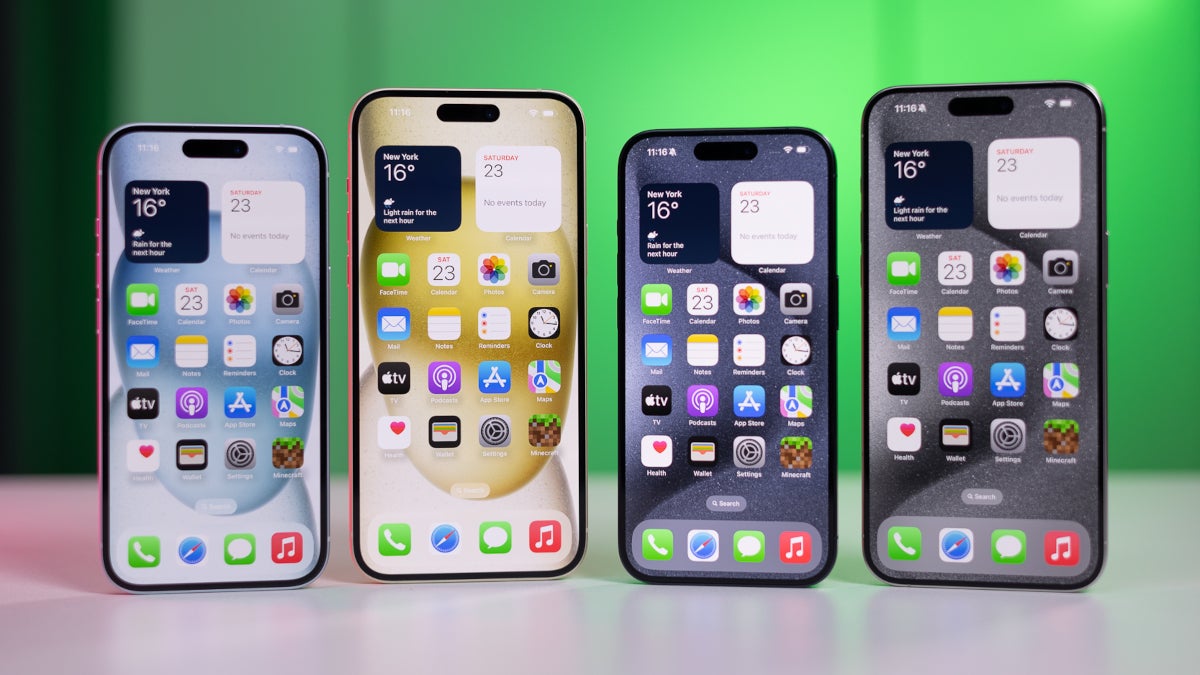Protect Your iPhone and Banking Apps with the New iOS 17.3 Feature – Keep Thieves at Bay!

Apple has released the first developer beta of iOS 17.3, which includes a new feature called Stolen Device Protection. This feature is designed to frustrate iPhone thieves by using biometric tools to prevent them from accessing certain actions on a stolen iPhone.
When Stolen Device Protection is enabled and an iPhone is in an unusual location, actions such as viewing passwords, wiping the phone, creating a new Apple ID password, applying for an Apple Card, and accessing payment methods stored in Safari will require Face ID or Touch ID.
According to MacRumors, other actions that will require biometric approval when Stolen Device Protection is enabled include turning off Lost Mode, erasing all content and settings, using Apple Cash and Savings actions in Wallet, using an iPhone to set up a new device, and more. Additionally, some actions will be delayed by one hour, giving the owner time to report the phone stolen.
The purpose of Stolen Device Protection is to prevent a scam where a thief obtains the user’s passcode by spying or making friends with the iPhone user. The thief then uses the passcode to reset the Apple ID password, disable Find My, perform a factory reset, and sell the device. This feature aims to add an extra layer of protection for iPhone users and their data.
If the feature is kept in the final version of iOS 17.3, most iPhone users won’t get this feature until sometime early next year. However, those who have installed the first developer beta of iOS 17.3 can enable Stolen Device Protection in the settings.
In a statement, Apple said, “As threats to user devices continue to evolve, we work tirelessly to develop powerful new protections for our users and their data. iPhone data encryption has long led the industry, and a thief can’t access data on a stolen iPhone without knowing the user’s passcode. In the rare cases where a thief can observe the user entering the passcode and then steal the device, Stolen Device Protection adds a sophisticated new layer of protection.”
